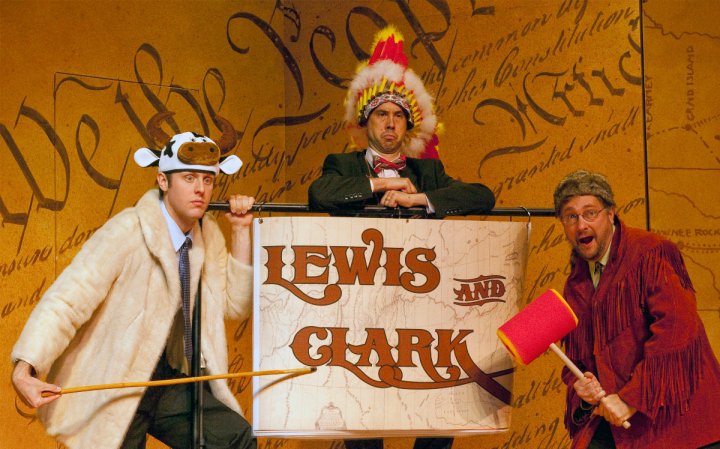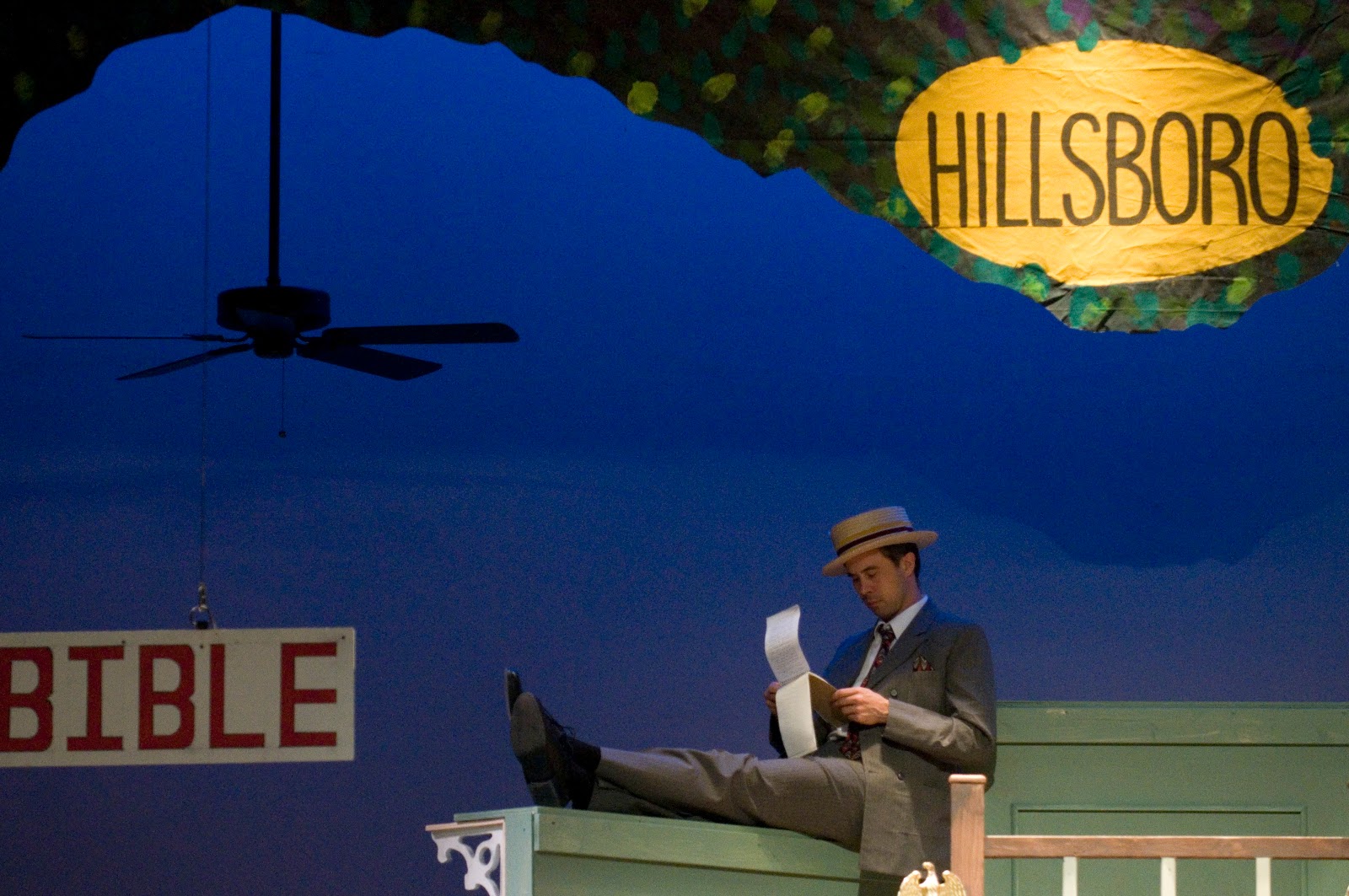You’re convinced her logic is flawed and her ideals are faulty.
But she smells sooo good.
With each whiff — each engaging smile — you bend your standards. Maybe a shared political vision is overrated.
Sound familiar?
Politics and love collide in “The Star-Spangled Girl,” a Neil Simon play that begins its run at the Springer Opera House tonight.
It tells the story of Norman and Andy, two friends who run a left-wing liberal magazine.
Their world turns upside down when Sophie, a conservative girl from the South, moves next door. Despite their opposing political views, Norman falls in love with Sophie.
“It’s all very surface. It’s nothing more than physical attraction,” said Jason Horne, the actor who plays Norman.
The romantic feelings aren’t exactly mutual.
“She is really annoyed by his persistence,” said Maria Maloney, who plays Sophie.
Updated setting
Simon set “The Star-Spangled Girl” in the ’60s, when the Vietnam War ignited national political interest.
Audiences at the Springer will see an updated version set in 2008 — right before the national presidential election between Barack Obama and John McCain.
“I think people will be surprised by how fresh we’ve made this particular piece,” said director Kimberly Faith Hickman.
To enhance the modern feel, the set is decorated with political art by artist James Schroeder from Rome, Ga.
But the play’s content didn’t have to be changed too much to allow for the updated setting.
In fact, the characters give only one spoken reference to a contemporary politician: George W. Bush.
The strong political views that characterized the ’60s are similar to many of the discussions that surfaced during the 2008 election.
The Springer’s version highlights the contemporary appeal of a decades-old show.
“They’re going to think he (Neil Simon) wrote this play last year,” said Jens Rasmussen, who plays Andy.
The moral
Not into politics? Don’t worry.
Political beliefs play a role in “The Star-Spangled Girl,” but actors say the play is primarily about relationships.
“It is a romantic comedy above all else,” Horne said. “I think the politics is a nice side dish.”
Also, “The Star-Spangled Girl” doesn’t declare a winner in the debate between liberal and conservative views.
“The play doesn’t take sides. It explores both sides,” Hickman said.
That kind of exploration makes the plot very relatable to audiences.
Cast members say the show tells a story that could easily play out as a real-life scenario, thanks to the “opposites attract” principle of love.
“I know married couples who are just canceling each other’s votes out,” Horne said.
Sure, the relationship world could consist only of couples who reflect each other ideologically.
But that would be too easy.
“Why would everybody want to be on one side?” Horne asked.
By Sonya Sorich






